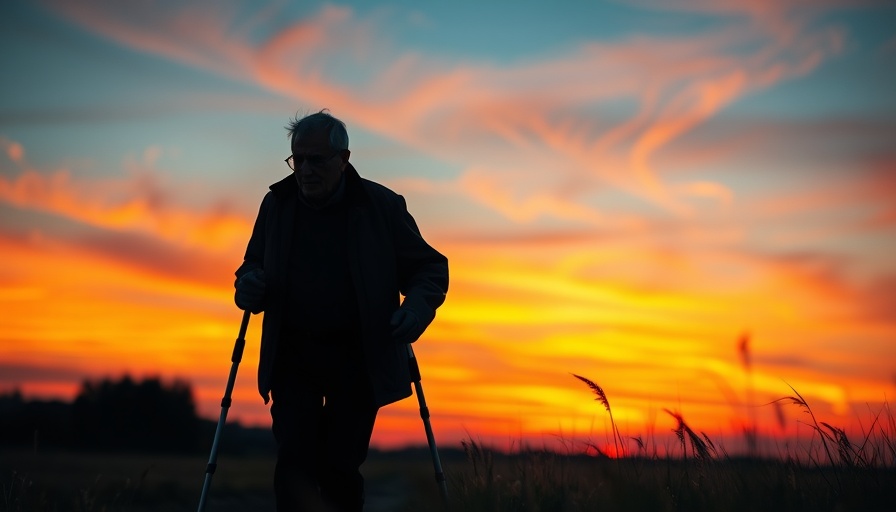
Understanding Osteoporosis: A Common Misconception
Osteoporosis is often viewed through a female lens, primarily due to its prevalence among women, especially post-menopause. However, it's crucial to understand that men are equally susceptible to this debilitating disease. Recent studies reveal that approximately 2 million men in the United States already have osteoporosis, with an alarming 16 million more identified as having low bone mass.
The Alarming Reality of Fractures
For men aged 50 and older, the statistics are striking: one in four will suffer an osteoporotic fracture in their lifetime. The consequences of these fractures can be severe, leading to increased mortality and prolonged disability. Research indicates that men face worse outcomes compared to women post-fracture, with higher rates of institutionalization and mortality, particularly after hip fractures.
Why Men Undermine Their Bone Health
Despite the risks, osteoporosis screening and awareness among men remain alarmingly low. The healthcare system often neglects to recommend bone density scans for men, a practice that could detect the issue early on. A study found only 2% of male veterans in a control group had undergone such screening. Educational approaches within healthcare facilities have seen significant improvements, suggesting that better awareness can lead to elevated screening participation rates.
Proactive Measures for Bone Density
Awareness is key to prevention. Men need to recognize that actions such as maintaining a balanced diet rich in calcium and vitamin D, coupled with regular weight-bearing exercise, can make a significant difference. Engaging in physical activities can stimulate bone remodeling and enhance overall bone strength.
Body Connection and Emotional Wellness
Caring for one’s bone health is not just a physical endeavor but also has profound emotional implications. The fear of fractures and loss of independence can lead to anxiety among men as they age. Open discussions about osteoporosis can foster understanding and support among family members and friends, allowing for a shared commitment to health.
Lifestyle Changes for Better Bone Health
Ultimately, men should take a holistic approach to bone health. This encompasses regular screenings, a nutritious diet, and active lifestyle choices, avoiding smoking and excessive alcohol consumption. By embracing awareness and taking proactive steps, men can significantly reduce their risk of osteoporosis and associated fractures.
 Add Row
Add Row  Add
Add 




Write A Comment